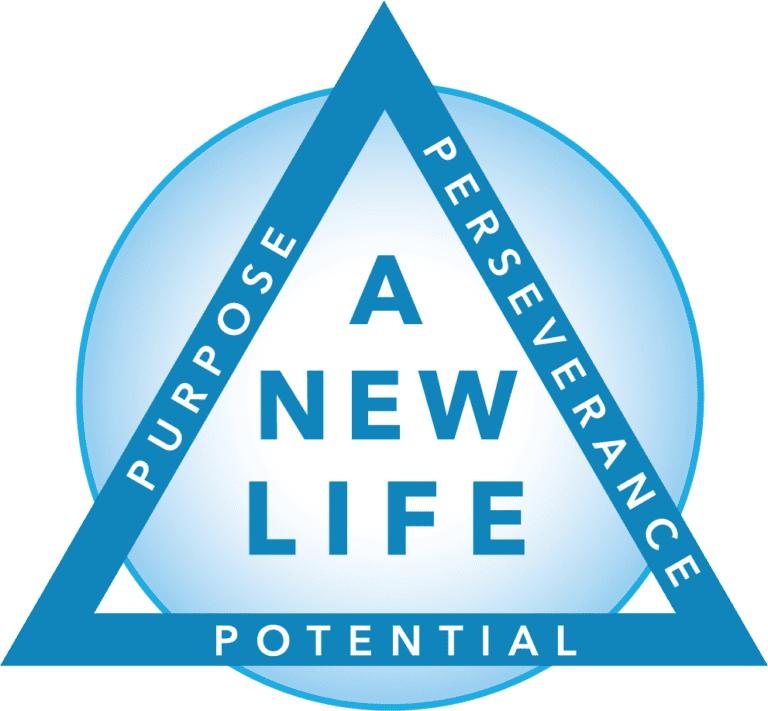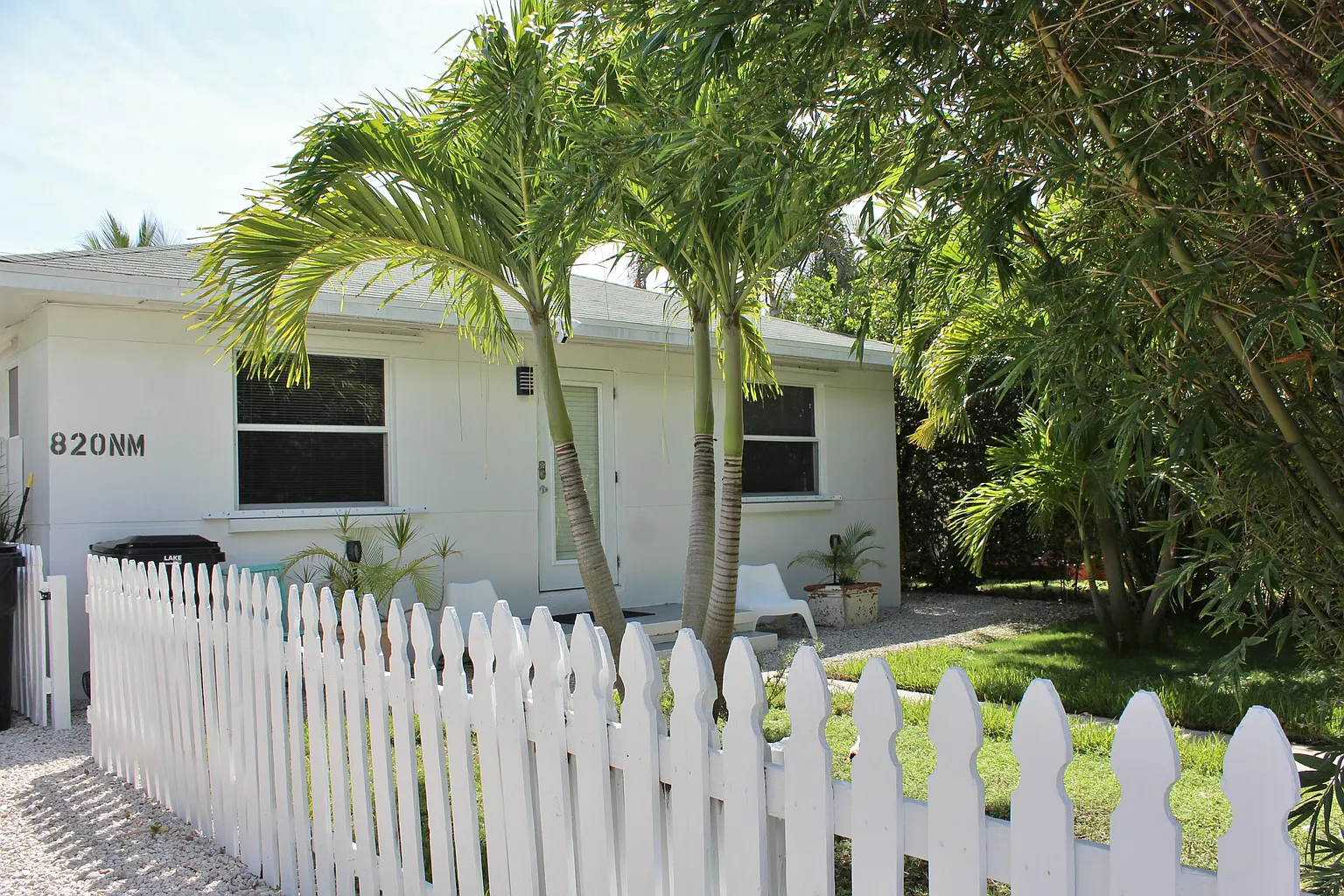Choosing the right halfway house is a crucial step in the recovery journey for individuals transitioning from addiction treatment to independent living. The houses offer residents an environment that facilitates their healing process while at the same time integrating them back into society. This guide will provide comprehensive information on finding affordable transitional living. We will consider things like location, amenities, and financial assistance programs so that individuals can get affordable resources for their recovery journey and ensure they have a safe and supportive environment.
Understanding Halfway Houses
Halfway Houses are residential facilities designed to help individuals transition from intensive addiction treatment programs to independent living. They provide structure, with rules and support systems necessary for maintaining sobriety. These homes regularly offer various services, such as counseling, job training, and life skills workshops, essential for long-term recovery.
Importance of Location
Location is a major factor when looking for affordable halfway houses. Here are some important considerations:
Closeness to Support Networks: Proximity to family members, friends, or other forms of support has been shown to enhance the process of recovering from drug addiction.
Public Transportation Accessibility: Ensure public transport connectivity before deciding on this place for your stay. If you do not own a personal car, you may need to commute for work therapy sessions, among other activities.
Safe Neighborhoods: Safety comes first when looking for a halfway house. It should be located in places with minimum insecurity, thus guaranteeing its inhabitants peace and tranquility.
Evaluating Amenities

What the halfway house provides could make all the difference during your recuperation period. Consider these points:
Living Conditions: Check if the living quarters are clean and well-maintained. For an effective recovery process, there should be comfortable and hygienic conditions.
Support Services: Determine whether the facility provides counseling, group therapy, and job training. These services address addiction problems among residents and prepare them for self-contained living.
Recreational Activities: Residents can connect through recreational activities like going to gym centers, socializing at events, or even participating in outdoor happenings, which will help them not only relax but also improve their sense of belonging to the community around them.
Financial Assistance Programs
Finding affordable halfway houses often involves exploring various financial assistance programs. Consider some of these.
Insurance Coverage: Confirm whether your health insurance policy covers halfway house expenses. Depending on the kind of coverage you have, several plans also cover transitional living facilities as part of drug addiction treatment.
Government Aid: There is some hope in government programs like Medicaid and grants from local authorities that assist financially less fortunate individuals.
Nonprofit Groups: Many nonprofit organizations give out money or fee reduction schemes based on one’s income level, meaning you can get support by visiting such groups within your area.
Comparing Costs
Understanding the cost structure of halfway houses is crucial for finding an affordable option. Reflect on:
Monthly Rent: Match monthly rents charged by different halfway homes; this should include utility bills plus other essential services with the accommodation package.

Additional Fees: Be aware of more fees for counseling, job training, or recreational activities. Please include them in your overall budget accordingly.
Payment Plans: Talk to management about flexible payment plans available or sliding-scale charges, depending upon individual financial circumstances, which some institutions will suggest if asked about such issues.
Reviews and Recommendations
If you want to find an excellent middle-class house that is also cheap, reliable reviews and recommendations are the best. Here’s how:
Online Reviews: Yelp.com, Google Reviews, and specialized addiction recovery forums often contain testimonials from former inhabitants of these homes. Look at both positive and negative feedback to have a balanced perspective.
Personal Recommendations: Medical practitioners, drug addiction counselors, and self-help groups can be approached.
Visit the Facility: If possible, visit the halfway houses being considered. This will allow you to meet the personnel, see housing conditions, and learn more about the atmosphere.
Final Decision Making
After gathering all the necessary information, it’s time to decide. Consider these final steps:
Create a Checklist: The list should include important factors such as cost of living, location, and quality of life issues, such as amenities available and support services provided in each home (halfway houses).
Speak with Residents: Communicate with current residents concerning their experiences there. This could offer helpful information about ordinary life in this kind of institution.
Trust Your Instincts: Lastly, trust your guts; choose one where you feel supported.
Call to Action for A New Life Sober Living Are you ready for your next step to recovery? A New Life Sober Living provides affordable halfway houses that offer long-term sobriety in an environment that promotes healing. Our facilities are situated in secure neighborhoods, offering an array of conveniences and support programs designed specifically for your needs when it is concerned. Do not hesitate due to financial limitations. Contact us now so we can share our payment plans with visiting hours’ direction details, as they shall give further insight on this matter before taking any tour around our premises.






